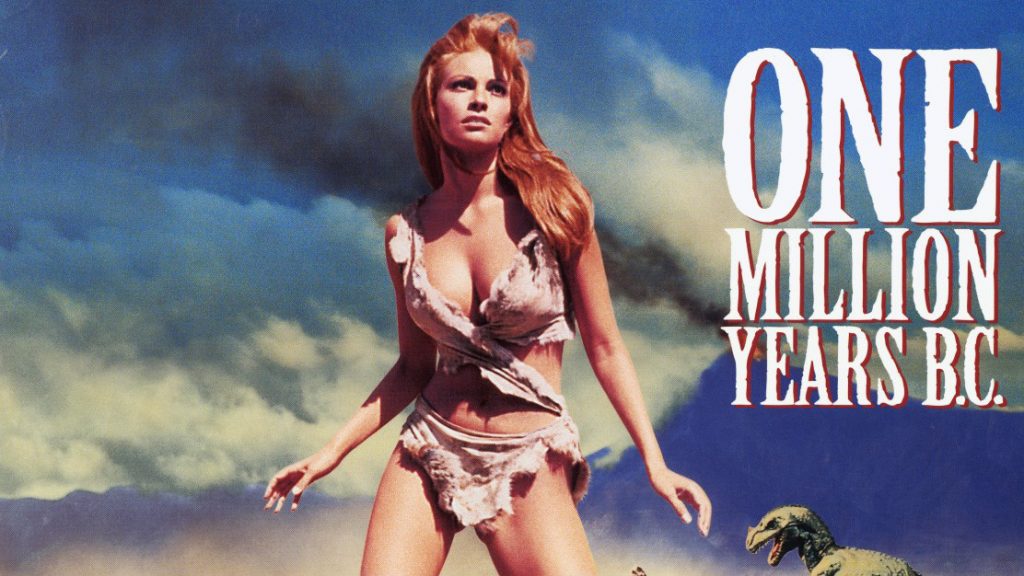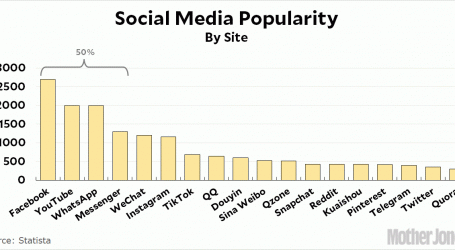Bikini Hut Loses Landmark First Amendment Appeal for Female Empowerment
This is Raquel Welch as Loana in the classic 1966 remake of One Million BC. I am including it purely for illustrative purposes to show what a barista wearing a bikini might look like.20th Century Fox
Up in Everett, Washington, an establishment called Bikini Hut employs baristas who, um, wear bikinis. The city was unamused and passed an ordinance telling them to cover up. Naturally they sued, making the claim that their choice of apparel had nothing to do with sex:
Plaintiffs’ First Amendment free expression claim asserts that the baristas convey messages such as “female empowerment,” “confiden[ce],” and “fearless body acceptance” by wearing bikinis while working. In support of their motion for a preliminary injunction, plaintiffs submitted declarations from several baristas explaining their views that “a bikini is not a sexual message, [it’s] more a message of empowerment,” “we are empowered to be comfortable in our bodies,” “[t]he bikini sends the message that I am approachable,” “the message I send is freedom[,]” and “my employees expose messages through tattoos and scars.”
Perhaps unfortunately for Bikini Hut, on appeal to the Ninth Circuit they drew an all-woman panel of judges who knew bullshit when they heard it. Here is Judge Morgan Christen writing for a unanimous panel:
Context is everything when deciding whether others will likely understand an intended message conveyed through expressive conduct. To decide whether the public is likely to understand the baristas’ intended messages related to empowerment and confidence, we consider “the surrounding circumstances[.]”
….The baristas’ act of wearing pasties and g-strings in close proximity to paying customers creates a high likelihood that the message sent by the baristas’ nearly nonexistent outfits vastly diverges from those described in plaintiffs’ declarations. The commercial setting and close proximity to the baristas’ customers makes the difference. Because plaintiffs have not demonstrated a “great likelihood” that their intended messages related to empowerment and confidence will be understood by those who view them, we conclude that the mode of dress at issue in this case is not sufficiently communicative to merit First Amendment protection.
And there you have it.





